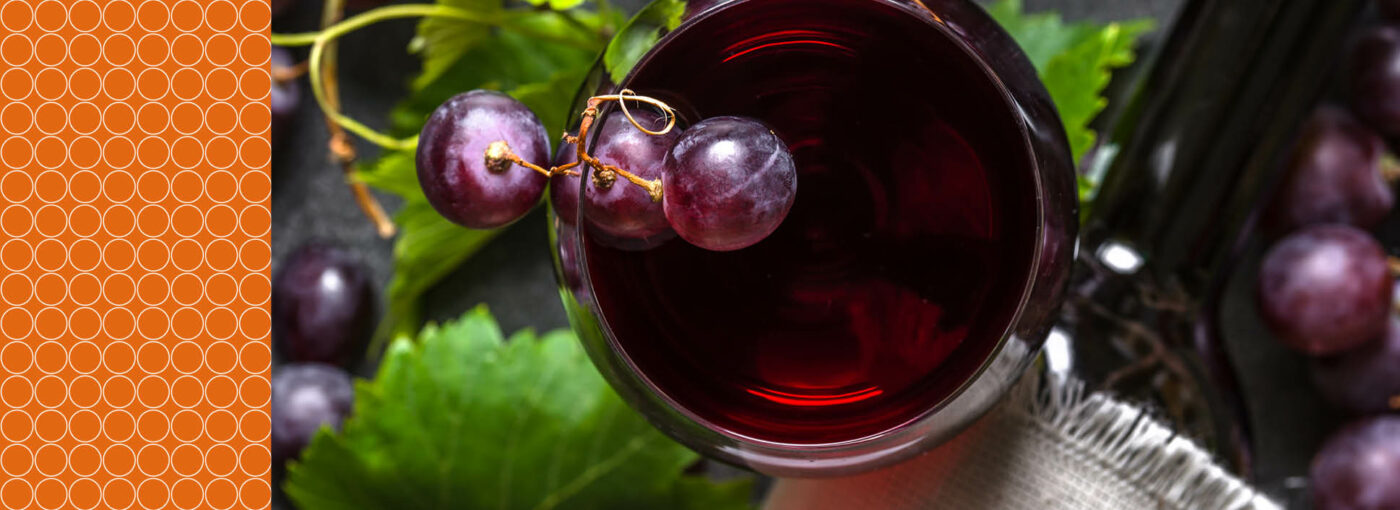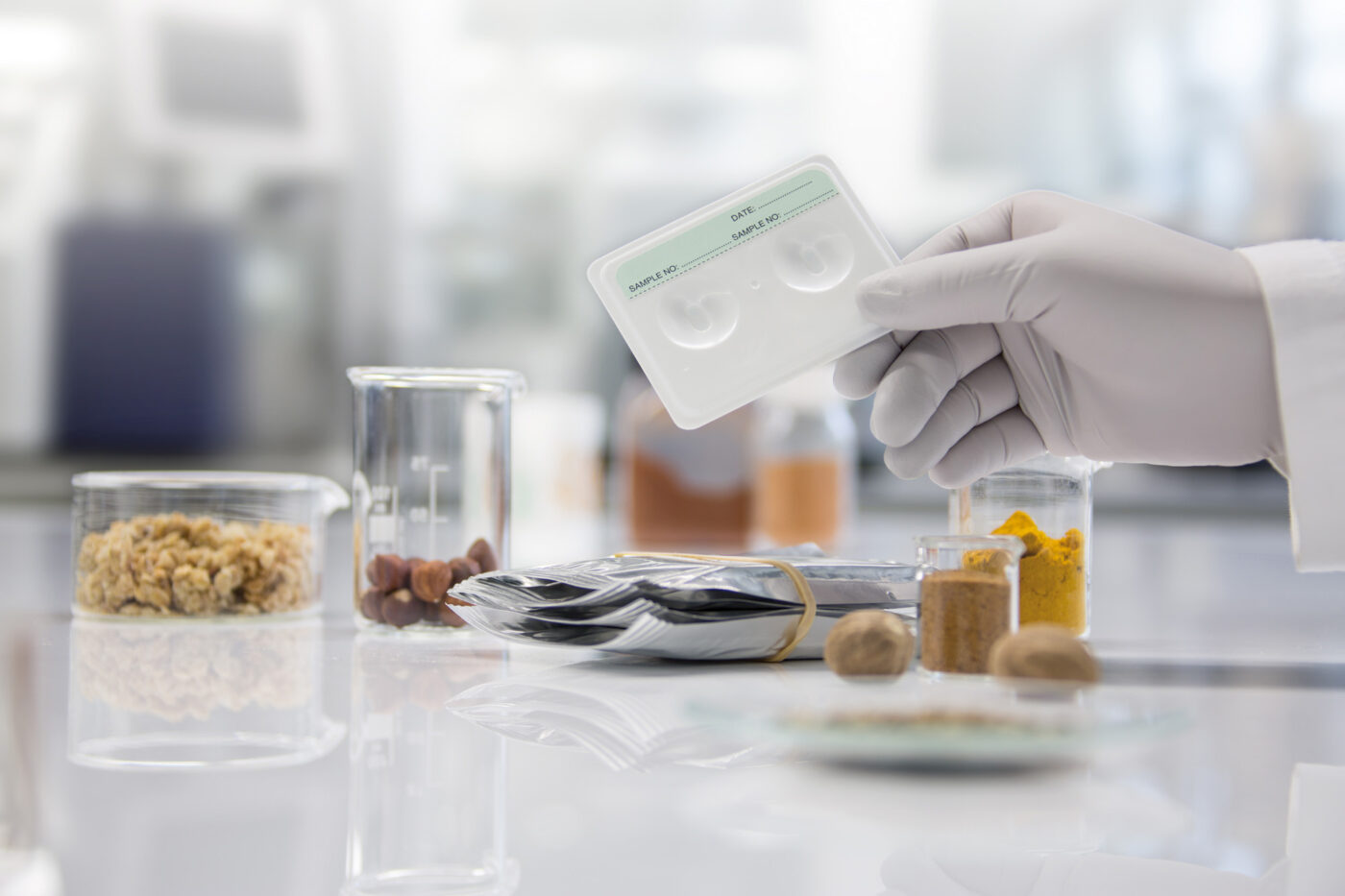
Recent news in Food & Feed Analysis
- Home
- /
- Ochratoxin in wine
Ochratoxin in wine

If grapes are attacked by molds, the mold toxin ochratoxin can form. You can find out which products are particularly at risk and how to protect wines here.
Ochratoxin A is a mycotoxin formed by molds of the Aspergillus and Penicillium genera. The mold toxin is highly harmful to human and animal health even in the smallest quantities. In addition to its pronounced nephrotoxicity, ochratoxin A exhibits hepatotoxic, teratogenic, carcinogenic and immunosuppressive properties. It is mainly found in cereals, nuts, pulses, coffee, spices and dried fruits, but has also been detected in grape juices, wine vinegars and wine.
In the EU, Regulation (EC) No. 123/2005 sets a maximum level of 2 µg/kg ochratoxin A in wine, grape juice and other beverages based on wine or grape juice.
Reduce ochratoxin contamination in wine
High ochratoxin levels are found primarily in red wines from warmer climates (southern Europe, South Africa, South America, Australia) and in red grape juices and balsamic vinegars. Wines and juices from white grapes are rarely affected. It is noticeable that grape juices usually have higher ochratoxin levels than wines.
A study by Northwest A&F University in China suggests that the processes of winemaking naturally reduce ochratoxin A levels. For this purpose, the authors tested different types of wine for their ochratoxin A content – in each case at the beginning of winemaking, after the addition of sulfur dioxide, after the formation of alcohol, and at the end of the process, when the alcohol content is increased and the sugar content is reduced. The results indicate that ochratoxin A can form in grapes contaminated with molds during the initial steps of winemaking (pressing and mashing). However, the addition of sulfur dioxide and the formation of alcohol significantly inhibit the growth of the molds and thus the production of ochratoxin A.
Other studies also arrived at similar results (source). In addition to fermentation, technical cellar measures such as clarification, fining, filtration and racking could also contribute to the reduction of ochratoxin A. And, of course, good vineyard care and plant protection measures are recommended to prevent mold growth on the grapes from the very beginning.
Detect Ochratoxin in wine
In order to comply with the legal maximum levels and guarantee consumers a safe product, wines must be analyzed accordingly. This can be done particularly quickly and easily with a flow-through immunoassay: The Ochratoxin A in Wine Flow Through Assay rapid test measures the ochratoxin content in wine within just 10 minutes. The test is easy to perform, requires no laboratory instrumentation and can be used for red wine, white wine and rosé.


